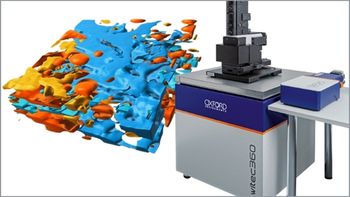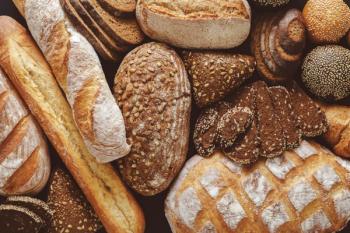
New System Meant to Analyze Cancerous Human Colon Cells
Scientists from the Lodz University of Technology in Lodz, Poland created a new system to analyze normal and cancer human colon cells.
Recently, scientists from the Lodz University of Technology in Lodz, Poland created a new system to analyze the subcellular structure and chemical composition of normal and cancer human colon cells. Their findings were published in Spectrochimica Acta Part A: Mol. Biomol. Spectrosc. (1).
When one regularly overeats high-energy food–that is, food rich in lipids and sugars–they can elevate nutrient absorption in intestine and cause excessive lipid accumulation in various organs, such as the liver, adipose tissue, and muscles. Fats and oils, such as salad dressings, mayonnaise, and butter, are high in calories because of how much fat they contain (2). Sweets like candy, soft drinks, and jellies are mostly made of sugars, and do not contain notable amounts of vitamins or minerals. While these foods can be part of a healthy diet when paired with grains, fruits, vegetables, and more, eating too much can prove detrimental to one’s health.
In the long term, this can cause obesity and obesity-associated diseases, such as type 2 diabetes, non-alcoholic fatty liver disease, cardiovascular disease, and inflammatory bowel disease (IBD). Obesity can have many adverse effects, including developing insulin resistance in the liver and skeletal muscle, an increase in intestinal permeability and bacteria infiltration, and increased risk of contracting metabolic disorders and chronic inflammation.
Using previously established data, the scientists showed that Raman spectroscopy maps can be used successfully for subcellular structure visualization, analysis of fatty acids (FA) impact on morphology, and the chemical composition of human colon single cells, whether normal or cancerous. With Raman data, they also investigated changes related to endoplasmic reticulum (ER), mitochondria, lipid droplets (LDs), and nuclei.
Read More:
By analyzing ratios calculated based on Raman bands that are typical for proteins (1256, 1656 cm-1), lipids (1304, 1444 cm-1) and nucleic acids (750 cm-1), the scientists confirmed the circumstances that occur during various processes. For endoplasmic reticulum, there is increased activity from the organelle in lipoproteins synthesis upon FAs supplementation. For LDs, there were changes in desaturation of accumulated lipids with the highest unsaturation level for cancer human colon (CaCo-2) cells upon the supplementation of eicosapentaenoic acid (EPA). With mitochondria, the stronger effects of FAs supplementation were observed for CaCo-2 cells, which confirms increased activity of the organelle responsible for energy production necessary for tumor development. However, the weakest impact of FAs supplementation was observed for nuclei in both types of cells and acids. To investigate the changes in LDs/ER morphology, fluorescence imaging was used.
The scientists’ measurements showed increased area of LDs/ER for CaCo-2 cancer cells, with the strongest effects being noticed for CaCo-2 cells upon EPA supplementation. Additionally, AFM studies confirmed that upon FAs supplementation, there was increased participation of lipid structures for all types of cells. The lowest YM values were observed for CaCo-2 cells, including samples treated with FAs.
References
(1) Beton-Mysur, K.; Surmacki, J.; Brożek-Płuska, B. Raman-AFM-Fluorescence-Guided Impact of Linoleic and Eicosapentaenoic Acids on Subcellular Structure and Chemical Composition of Normal and Cancer Human Colon Cells. Spectrochim. Acta Part A: Mol. Biomol. Spectrosc. 2024, 315, 124242. DOI:
(2) Fats, Oils and Sweets. University of Massachusetts 2024.
Newsletter
Get essential updates on the latest spectroscopy technologies, regulatory standards, and best practices—subscribe today to Spectroscopy.





